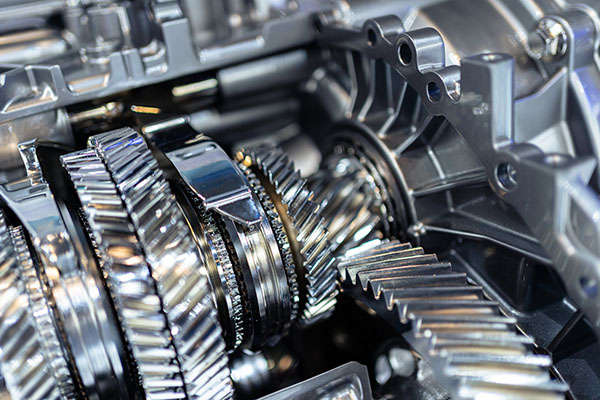
Have you ever wondered what makes your car's clutch engage and disengage seamlessly as you shift gears? The clutch pressure plate is an often overlooked yet essential component of your vehicle's transmission system.
We will provide you with a detailed understanding of the clutch pressure plate, shedding light on its inner workings and explaining why it is crucial to maintain it properly. By the end of this read, you will have a comprehensive knowledge of the clutch pressure plate, which will help you take better care of your vehicle and ensure its optimal performance.
Understanding the Clutch Pressure Plate
The clutch pressure plate is a vital component of the clutch assembly, responsible for engaging and disengaging the clutch disc from the engine's flywheel. When the clutch pedal is depressed, the pressure plate releases tension on the clutch disc, allowing for smooth gear changes.
Conversely, when the clutch pedal is released, the pressure plate applies pressure to the clutch disc against the flywheel, transferring engine power to the transmission. This process enables the vehicle to shift gears seamlessly and efficiently.
Preserving Performance and Longevity
Now that we've established the importance of the clutch pressure plate in your vehicle's operation, let's address the million-dollar question: does it need to be maintained? The short answer: yes, absolutely! Like any mechanical component, the clutch pressure plate is subject to wear and tear over time, especially in high-stress driving conditions or heavy-duty applications. Failure to maintain the pressure plate can result in a host of issues, including premature wear, slippage, and, ultimately, clutch failure.
Maintaining Your Clutch Pressure Plate: Tips and Tricks
Fortunately, maintaining your clutch pressure plate doesn't require a degree in automotive engineering. Simple yet effective practices such as avoiding aggressive driving habits, using the clutch judiciously, and scheduling regular inspections can go a long way in preserving the performance and longevity of your pressure plate.
Additionally, keeping the clutch system clean and free of debris, checking for hydraulic fluid leaks, and adjusting clutch pedal free play can help ensure smooth and reliable operation.
Signs of Pressure Plate Problems
So, how can you tell if your clutch pressure plate is on the brink of failure? Look out for warning signs such as difficulty shifting gears, clutch slippage, unusual noises or vibrations, and a burning smell emanating from the clutch assembly.
These symptoms often indicate issues with the pressure plate, such as worn friction surfaces, weakened diaphragm springs, or damaged release fingers. Ignoring these red flags can lead to costly repairs and prolonged downtime, so it's crucial to address them promptly.
Frequently Asked Questions
How does a clutch pressure plate work?
The pressure plate exerts pressure on the clutch disc, facilitating smooth gear changes.
What are the signs of pressure plate problems?
Symptoms include difficulty shifting gears, clutch slippage, unusual noises, and a burning smell.
Can I maintain my clutch pressure plate myself?
While some maintenance tasks can be DIY, it's best to consult a professional for major repairs.
For all your clutch and transmission repairs or maintenance, contact Westside Car Care! We are here to help - just call us so we can schedule you for a visit.